

Articles
How Often To Clean Gas Fireplace
Modified: February 23, 2024
Discover the recommended frequency for cleaning your gas fireplace in our informative articles, ensuring its optimal performance and safety.
(Many of the links in this article redirect to a specific reviewed product. Your purchase of these products through affiliate links helps to generate commission for Storables.com, at no extra cost. Learn more)
Introduction
A gas fireplace can be a beautiful and convenient addition to any home. It not only provides warmth and ambiance but also adds value to your property. However, like any other appliance, a gas fireplace requires regular maintenance to ensure its optimal performance and longevity. One crucial aspect of maintaining a gas fireplace is cleaning it regularly.
Regular cleaning is important for several reasons. Firstly, it helps to keep your gas fireplace looking pristine and clean, enhancing the overall aesthetic appeal of your home. Secondly, it promotes the efficient and safe functioning of your fireplace by removing any built-up debris, dust, and soot that could impact its performance. Lastly, regular cleaning can help prevent any potential fire hazards caused by the accumulation of flammable materials.
Various factors determine the frequency at which you should clean your gas fireplace. These factors include the usage patterns, the type of fuel used, the condition of the fireplace, and the manufacturer’s recommendations. By understanding these factors and establishing a regular cleaning routine, you can ensure that your gas fireplace remains in optimal working condition.
In this article, we will explore how often you should clean different components of a gas fireplace, such as the glass window, the logs and burner, and the chimney. We will also provide some essential tips for maintaining a clean and efficient gas fireplace.
Whether you are a new gas fireplace owner or have been enjoying the warmth and comfort it provides for years, this article will serve as a comprehensive guide to help you determine the best cleaning practices for your gas fireplace.
Let’s dive in and learn more about the importance of regular cleaning and how to keep your gas fireplace looking and performing its best.
Key Takeaways:
- Regular cleaning of a gas fireplace is crucial for optimal performance, safety, and longevity. Factors like usage patterns, fuel type, and manufacturer’s recommendations determine the cleaning frequency.
- By following a regular cleaning schedule and implementing preventive measures, you can maintain a visually appealing and efficient gas fireplace. Professional inspections and adherence to manufacturer’s guidelines are essential for safe and effective maintenance.
Read more: How Often To Clean Gas Fireplace Chimney
Importance of Regular Cleaning
Regular cleaning is essential for maintaining the overall performance and appearance of your gas fireplace. Here are some key reasons why regular cleaning is important:
Optimal Performance: Over time, dust, debris, and soot can accumulate on the various components of your gas fireplace, including the glass window, logs, and burner. This buildup can hinder the proper functioning of the fireplace, leading to reduced heat output and decreased efficiency. Regular cleaning helps to remove these deposits, allowing the gas fireplace to operate at its full potential.
Enhanced Safety: A clean gas fireplace is a safe fireplace. Soot and debris buildup can pose a fire hazard, as they can easily ignite when exposed to the heat of the fireplace. Regular cleaning helps to minimize this risk and ensures that your gas fireplace operates safely. Additionally, cleaning the glass window allows for clear visibility, preventing potential accidents or injuries caused by tripping or bumping into the fireplace.
Prolonged Lifespan: A properly maintained gas fireplace is likely to last longer. Regular cleaning helps to prevent the accumulation of corrosive materials that can damage the internal components of the fireplace. By cleaning and removing any corrosive substances, you can extend the lifespan of your gas fireplace and avoid costly repairs or replacements.
Aesthetics: A clean gas fireplace not only performs better but also looks better. Regular cleaning ensures that your fireplace maintains its visual appeal, allowing you to fully enjoy its beauty and enhancing the atmosphere of your living space.
Efficient Heat Output: The accumulation of dust and debris on the logs and burner can affect the heat output of your gas fireplace. Regular cleaning ensures that the gas can flow freely and evenly, resulting in a consistent and efficient heat output. This, in turn, helps to keep your home warm and comfortable during the colder months.
By understanding the importance of regular cleaning, you can prioritize the maintenance of your gas fireplace and ensure that it operates optimally, safely, and efficiently for years to come.
Factors Affecting Cleaning Frequency
The frequency at which you should clean your gas fireplace can vary based on several factors. Understanding these factors will help you determine the appropriate cleaning schedule for your specific fireplace. Here are some key factors that can affect the cleaning frequency:
Usage Patterns: The frequency of use is a significant factor in determining how often you should clean your gas fireplace. If you use your fireplace frequently, it is likely to accumulate more debris and require more regular cleaning. On the other hand, if you only use your fireplace occasionally, you may be able to clean it less frequently.
Type of Fuel: The type of fuel you are using in your gas fireplace can also impact cleaning frequency. Natural gas fireplaces tend to produce less soot and debris compared to propane or wood-burning fireplaces. This means that natural gas fireplaces may require less frequent cleaning. However, it’s important to note that even with natural gas, other components like the glass window and logs still need regular cleaning.
Condition of the Fireplace: The overall condition of your gas fireplace can also play a role in determining cleaning frequency. If your fireplace is older, poorly maintained, or has an inefficient burning pattern, it may accumulate more residue and require more frequent cleaning. Regular inspections and maintenance can help identify any issues that may affect the cleaning needs of your gas fireplace.
Manufacturer’s Recommendations: Manufacturers often provide guidelines and recommendations for cleaning their specific gas fireplace models. These recommendations may include specific cleaning products to use, cleaning techniques, and suggested cleaning frequencies. It is important to consult the manufacturer’s instructions and follow their recommendations to ensure the proper care and maintenance of your gas fireplace.
Environmental Factors: Environmental factors, such as the quality of the air in your area, can also impact cleaning frequency. If you live in an area with excessive dust, allergens, or pollutants, your gas fireplace may require more frequent cleaning to keep it free from buildup.
Understanding these factors and considering the unique characteristics of your gas fireplace will help you determine the optimal cleaning frequency. It’s crucial to strike a balance between cleaning often enough to maintain performance and safety, and not overcleaning, which can lead to unnecessary wear and tear on the fireplace components.
How Often to Clean the Glass Window
The glass window of your gas fireplace is one of the most visible and prominent components. It not only serves as a protective barrier but also allows you to enjoy the mesmerizing flames. Cleaning the glass window regularly is crucial to maintain its transparency and clarity. Here’s a guideline on how often you should clean the glass window of your gas fireplace:
Frequency: It is recommended to clean the glass window at least once every month or as needed. Regular cleaning will prevent the buildup of soot, dust, and other residue that can obscure the view and reduce the efficiency of your gas fireplace. If you notice any significant buildup or discoloration on the glass, clean it immediately to ensure clear visibility and prevent potential damage to the glass surface.
Cleaning Process: To clean the glass window, follow these steps:
- Start by ensuring that the gas fireplace is completely turned off and has cooled down.
- Remove any loose debris or ashes from the fireplace using a soft brush or cloth.
- Mix a solution of mild dish soap and warm water in a spray bottle.
- Spray the solution onto the glass window, covering the entire surface evenly.
- Use a soft cloth or non-abrasive sponge to gently scrub the glass in circular motions, focusing on any stubborn stains or buildup.
- Rinse the glass thoroughly with clean water to remove any soap residue.
- Dry the glass window with a clean, lint-free cloth to prevent streaks or water spots.
- If there are any hard-to-remove stains or residue, you may need to use a specialized glass cleaner specifically designed for gas fireplace glass. Follow the manufacturer’s instructions when using these products.
Preventive Measures: To reduce the frequency of cleaning, you can take some preventive measures:
- Choose clean-burning gas logs or use a fireplace insert to minimize the amount of soot and debris generated.
- Avoid burning materials that can produce excessive smoke or pollutants.
- Regularly inspect and clean the burner and gas logs to ensure efficient combustion and reduced residue buildup.
- Keep the area around the gas fireplace clean by regularly vacuuming or dusting to minimize dust and debris from entering the fireplace.
By following these cleaning recommendations and implementing preventive measures, you can maintain a clear and visually appealing glass window, enhancing the overall aesthetic and enjoyment of your gas fireplace.
It is recommended to clean a gas fireplace at least once a year to remove any dust, debris, and soot buildup. Regular cleaning will help maintain the efficiency and safety of the fireplace.
How Often to Clean the Logs and Burner
The logs and burner of your gas fireplace play a crucial role in creating the realistic and comforting display of flames. Cleaning these components regularly is essential to maintain their appearance, prevent blockages, and ensure the efficient operation of your gas fireplace. Here’s a guideline on how often you should clean the logs and burner:
Frequency: It is recommended to clean the logs and burner of your gas fireplace at least once a year or as needed. Cleaning them annually will help remove any accumulated dust, debris, and soot that can affect the visual appeal and functionality of your fireplace.
Cleaning Process: To clean the logs and burner, follow these steps:
- Make sure the gas fireplace is turned off and cool before starting the cleaning process.
- Remove the logs from the fireplace carefully, following the manufacturer’s instructions. Some logs may be attached with screws or clips that need to be loosened.
- Inspect the logs and burner for any signs of damage or wear. If you notice any issues, consider replacing them or seek professional assistance.
- Use a soft brush or cloth to gently remove any loose debris, dust, or cobwebs from the logs and burner.
- If there are stubborn stains or soot buildup on the logs, you can use a mild solution of dish soap and warm water to gently scrub them. Avoid using abrasive cleaners or harsh chemicals, as they can damage the logs.
- Rinse the logs thoroughly with clean water to remove any soap residue.
- Allow the logs to dry completely before placing them back in the fireplace.
- Clean the burner by using a small brush or vacuum cleaner attachment to remove any debris or dust.
- Inspect the burner ports for any blockages. If you notice any obstruction, use a needle or pin to gently clear the openings.
- Once the logs and burner are clean, carefully place the logs back into their designated positions, ensuring they are properly attached.
Preventive Measures: To minimize the buildup of debris and ensure optimal performance, consider these preventive measures:
- Regularly inspect the gas fireplace for any signs of blockages or obstructions in the burner or air vents. Clear any debris or obstacles that may impede the flow of gas or air.
- Follow the manufacturer’s instructions on proper placement and arrangement of the logs to maintain optimal combustion and prevent unnecessary residue buildup.
- Use high-quality and clean-burning gas with low sulfur content to minimize the formation of soot and reduce the need for frequent cleaning.
- Avoid burning materials that can release excessive smoke or produce residues that can stick to the logs and burner.
By following these cleaning guidelines and adopting preventive measures, you can ensure the cleanliness, longevity, and efficient performance of the logs and burner in your gas fireplace.
Read more: How To Clean Glass On Gas Fireplace
How Often to Clean the Chimney
Cleaning the chimney of your gas fireplace is an essential maintenance task that helps ensure its safe and efficient operation. While gas fireplaces produce less soot and creosote compared to wood-burning fireplaces, the chimney still requires regular cleaning to remove any buildup or blockages. Here’s a guideline on how often you should clean the chimney of your gas fireplace:
Frequency: It is generally recommended to have the chimney of your gas fireplace professionally inspected and cleaned at least once a year. The exact frequency may vary depending on factors such as usage, the type of fuel used, and the condition of the chimney. If your gas fireplace is heavily used or if you notice any signs of blockage, such as a decrease in draft or the presence of soot residue, it may be necessary to clean the chimney more often.
Professional Inspection: It is crucial to have a professional chimney sweep inspect the chimney before cleaning to identify any potential issues or damage. They can check for blockages, cracks, or any other signs of deterioration that need attention. A professional inspection ensures that the chimney is safe and ready for cleaning.
Cleaning Process: Cleaning the chimney of a gas fireplace typically involves the following steps:
- Ensure that the gas fireplace is turned off and cool before starting the cleaning process.
- Close the fireplace damper to prevent any debris from falling into the fireplace during cleaning.
- Place drop cloths or plastic sheets around the fireplace area to protect your home from any debris or soot that may fall during the cleaning process.
- The chimney sweep will use specialized brushes and tools to remove any soot, debris, or blockages from the chimney. They will typically work from the top of the chimney down, using brushes attached to flexible rods.
- Once the cleaning is complete, the chimney sweep will use a vacuum or other equipment to remove any loosened debris or soot from the chimney and fireplace.
- The chimney sweep may perform a final visual inspection to ensure that the chimney is clean, free of blockages, and in good condition.
Safety Considerations: It is important to prioritize safety during chimney cleaning:
- Always hire a professional chimney sweep who is trained and experienced in working with gas fireplaces to ensure a thorough and safe cleaning process.
- Ensure that carbon monoxide detectors and smoke alarms are in proper working condition.
- Keep the fireplace area well-ventilated during and after the cleaning process to avoid any potential accumulation of fumes.
By adhering to a regular cleaning and inspection schedule, you can maintain a clean and safe chimney for your gas fireplace, ensuring its optimal performance and longevity.
Tips for Maintaining a Clean Gas Fireplace
Maintaining a clean gas fireplace not only enhances its performance but also ensures its longevity. By following these tips, you can keep your gas fireplace looking pristine and operating efficiently:
- Regular Cleaning: Establish a cleaning schedule and stick to it. Clean the glass window, logs, and burner of your gas fireplace as recommended to prevent the buildup of soot, dust, and debris. Regular cleaning will maintain the visual appeal and efficiency of your fireplace.
- Use Proper Cleaning Techniques: When cleaning the glass window, logs, and burner, use gentle and non-abrasive cleaning methods. Avoid harsh chemicals or abrasive cleaners that can damage the components. Follow the manufacturer’s instructions for cleaning and use appropriate cleaning products.
- Inspect and Clean the Air Vents: Regularly check and clean the air vents of your gas fireplace to ensure proper airflow. Clear any obstructions, dust, or debris that may hinder the ventilation and affect the performance of your fireplace.
- Professional Inspection: Schedule a professional inspection of your gas fireplace annually. A trained technician can identify any potential issues, perform a thorough cleaning, and ensure that all components are in good working condition.
- Choose Clean-Burning Gas Logs: Opt for clean-burning gas logs certified by the manufacturer. These logs produce minimal soot and reduce the need for frequent cleaning.
- Keep the Area Around the Fireplace Clean: Regularly clean the surrounding area of your gas fireplace to prevent dust, lint, and debris from entering and accumulating in the fireplace. Vacuum or dust the area to maintain cleanliness and reduce the potential for blockages.
- Monitor the Flame: Observe the flame of your gas fireplace regularly. A steady and consistent blue flame indicates efficient combustion. If the flame is uneven, yellow, or flickering, it may indicate an issue that needs professional attention.
- Proper Ventilation: Ensure that the gas fireplace is properly vented according to local building codes and manufacturer’s recommendations. Proper ventilation allows for the safe and efficient operation of your fireplace.
- Keep the Chimney Clean: Even though gas fireplaces produce less soot and creosote than wood-burning fireplaces, it is still important to have the chimney professionally inspected and cleaned annually. This will prevent any buildup or blockages that may affect the performance and safety of your gas fireplace.
- Follow Manufacturer’s Guidelines: Always refer to the manufacturer’s instructions for specific cleaning and maintenance recommendations for your gas fireplace. Following these guidelines will ensure that you maintain your warranty and keep your fireplace in optimal condition.
By implementing these tips and incorporating regular cleaning and maintenance into your gas fireplace routine, you can enjoy a clean, efficient, and visually appealing fireplace for years to come.
Conclusion
A gas fireplace can be a beautiful and functional addition to any home, providing warmth and ambiance. However, to ensure its optimal performance, longevity, and safety, regular cleaning and maintenance are paramount. By following the guidelines and tips outlined in this article, you can maintain a clean gas fireplace and enjoy its benefits to the fullest.
Regular cleaning of the glass window, logs, burner, and chimney is essential for various reasons. It not only enhances the visual appeal of your gas fireplace but also promotes efficient heat output and prevents potential fire hazards. Cleaning frequency depends on factors such as usage patterns, fuel type, and manufacturer’s recommendations. By considering these factors and establishing a cleaning routine, you can determine the best schedule for maintaining your specific gas fireplace.
In addition to regular cleaning, preventive measures such as using clean-burning gas logs, keeping the surrounding area clean, and ensuring proper ventilation can help minimize the need for frequent cleaning and maximize the efficiency of your fireplace.
Remember to consult the manufacturer’s instructions for specific cleaning recommendations and guidelines for your gas fireplace model. When in doubt, it is always recommended to seek professional assistance for inspections and cleaning.
By maintaining a clean gas fireplace, you not only ensure its optimal performance but also create a safe and inviting space for relaxation and enjoyment. So, take the time to clean and maintain your gas fireplace regularly, and reap the rewards of a beautiful, efficient, and long-lasting addition to your home.
Frequently Asked Questions about How Often To Clean Gas Fireplace
Was this page helpful?
At Storables.com, we guarantee accurate and reliable information. Our content, validated by Expert Board Contributors, is crafted following stringent Editorial Policies. We're committed to providing you with well-researched, expert-backed insights for all your informational needs.

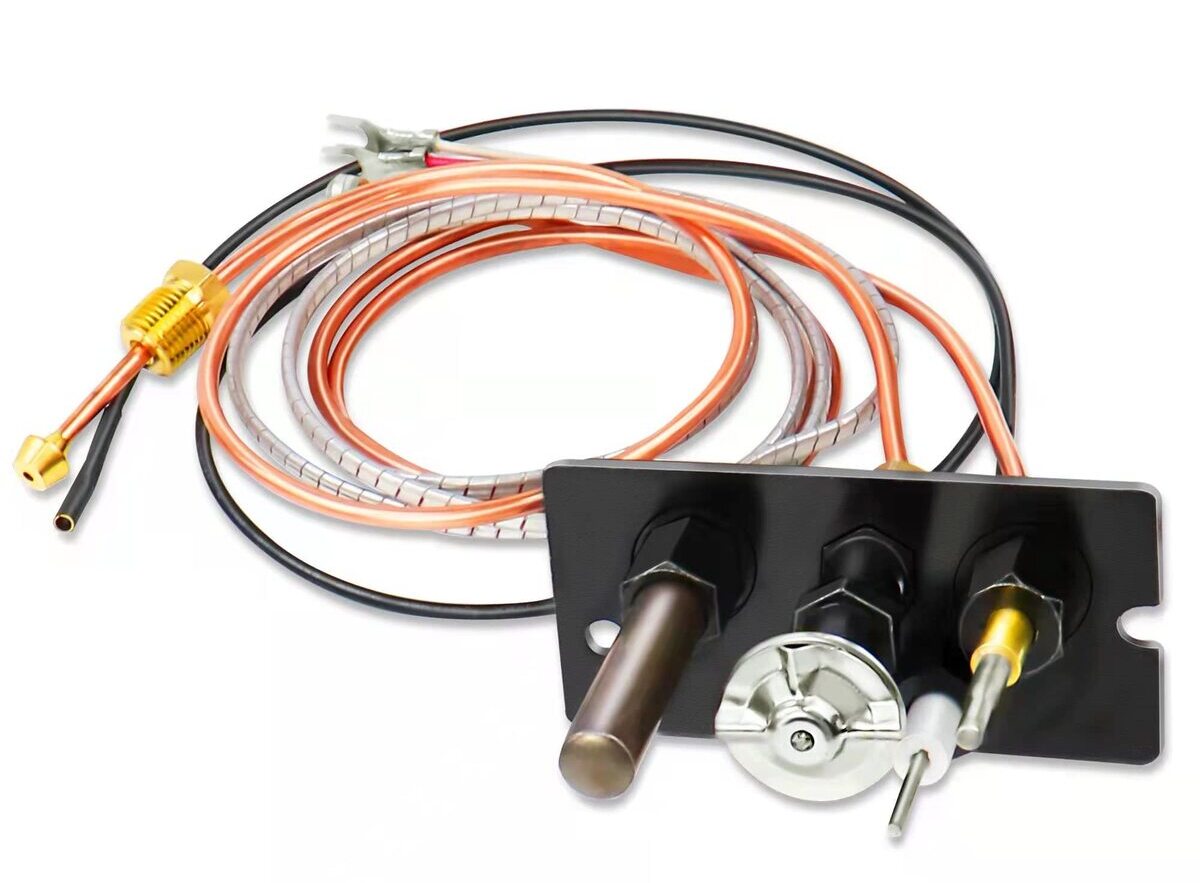
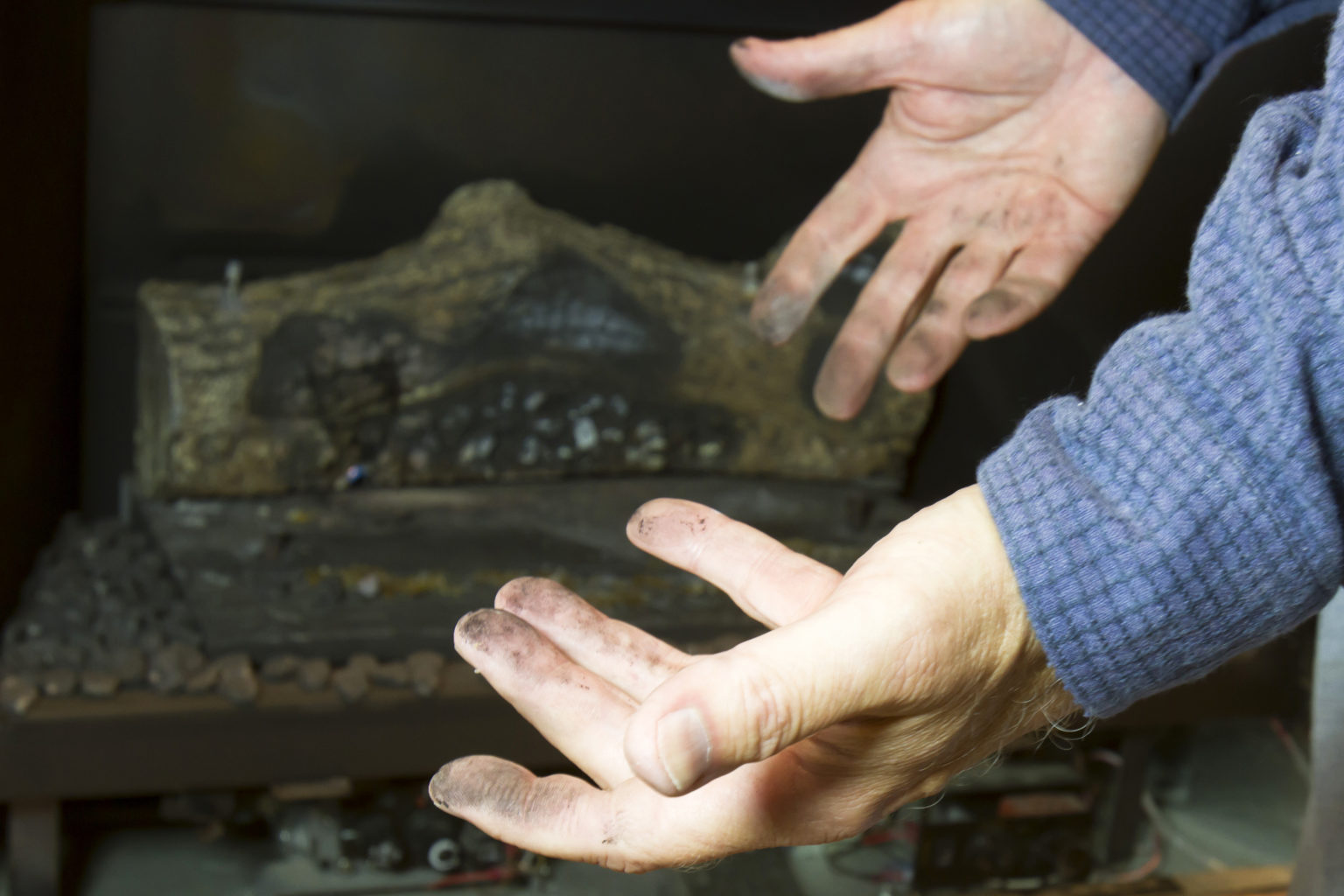
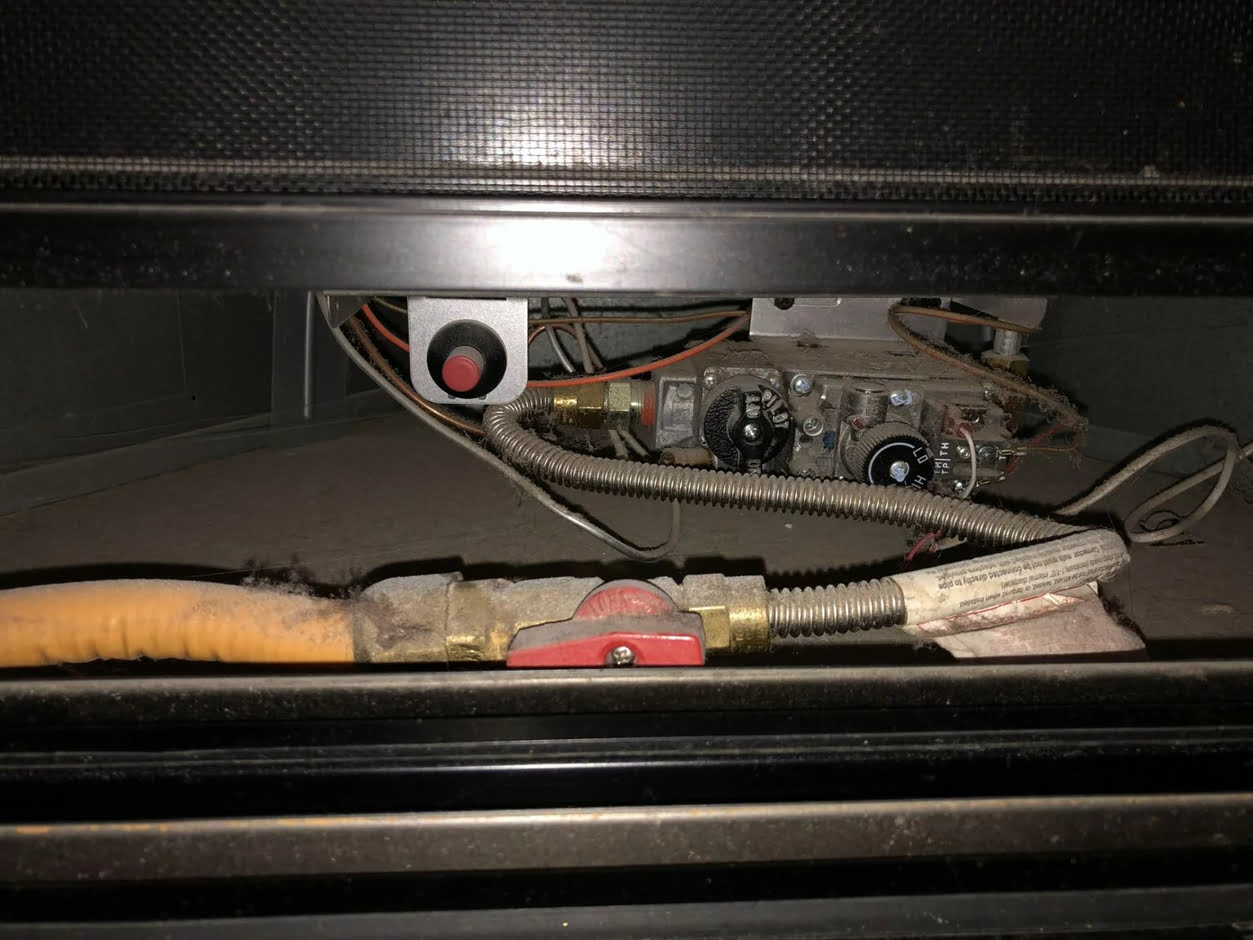
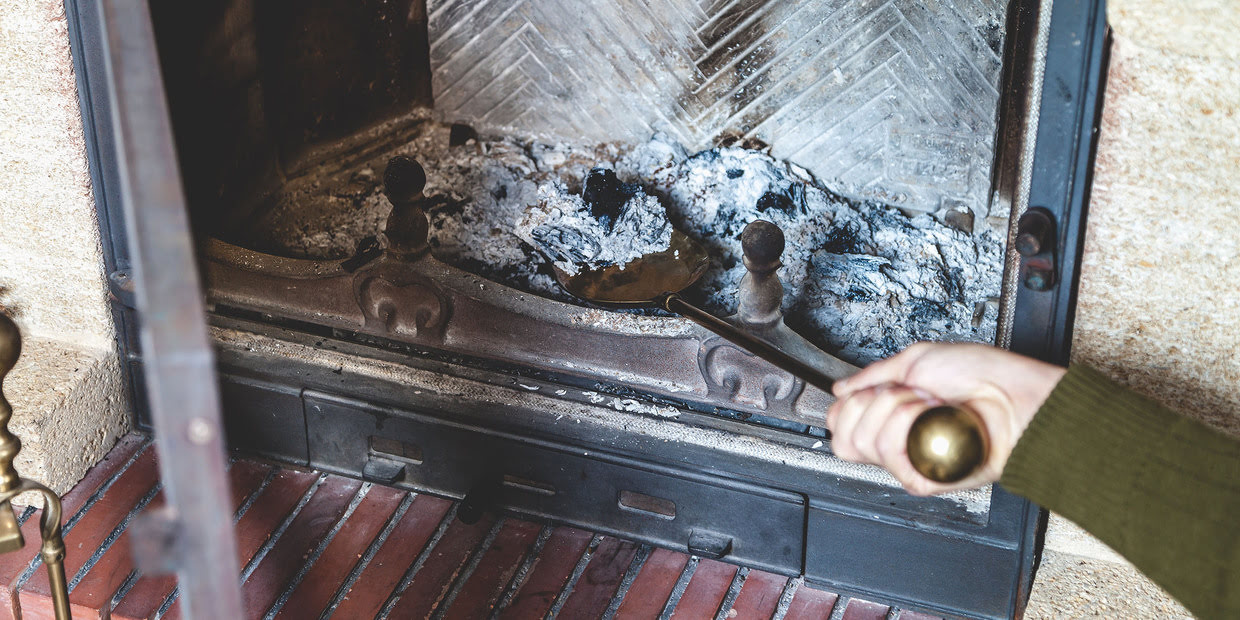

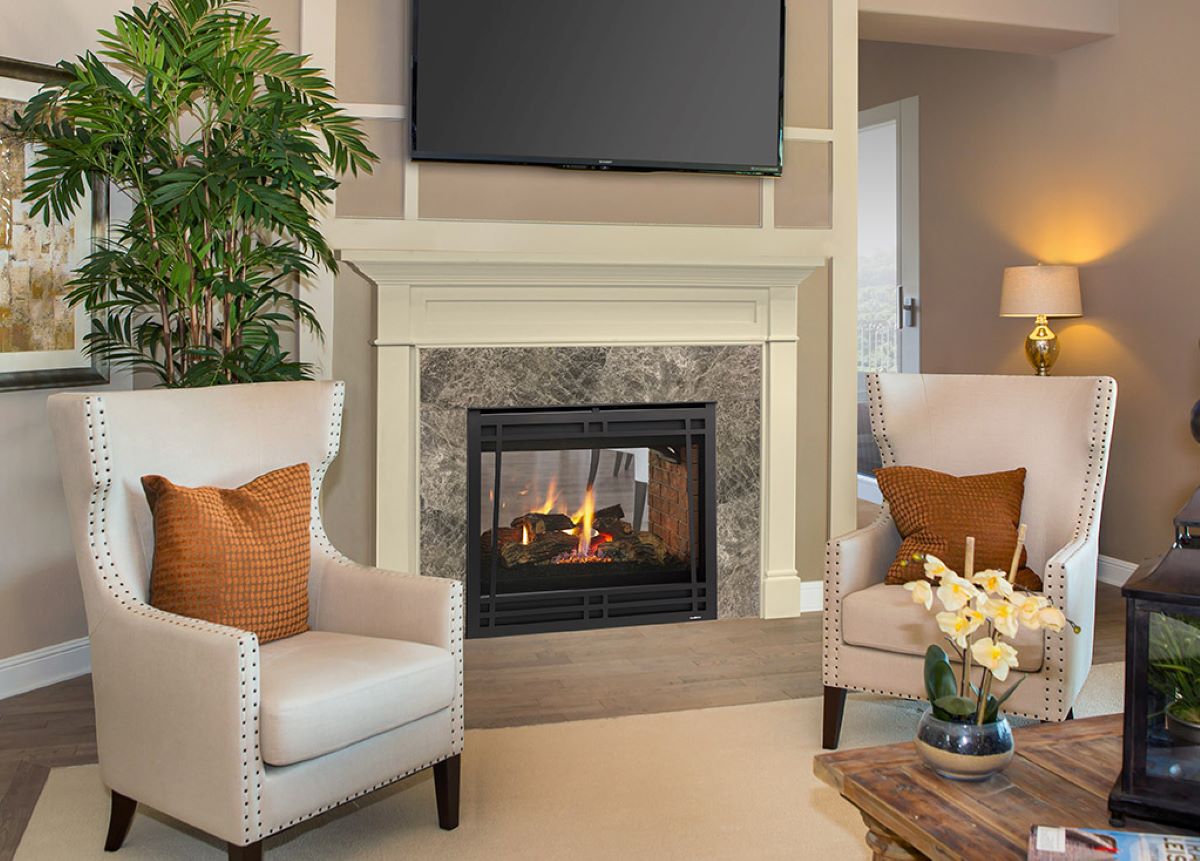

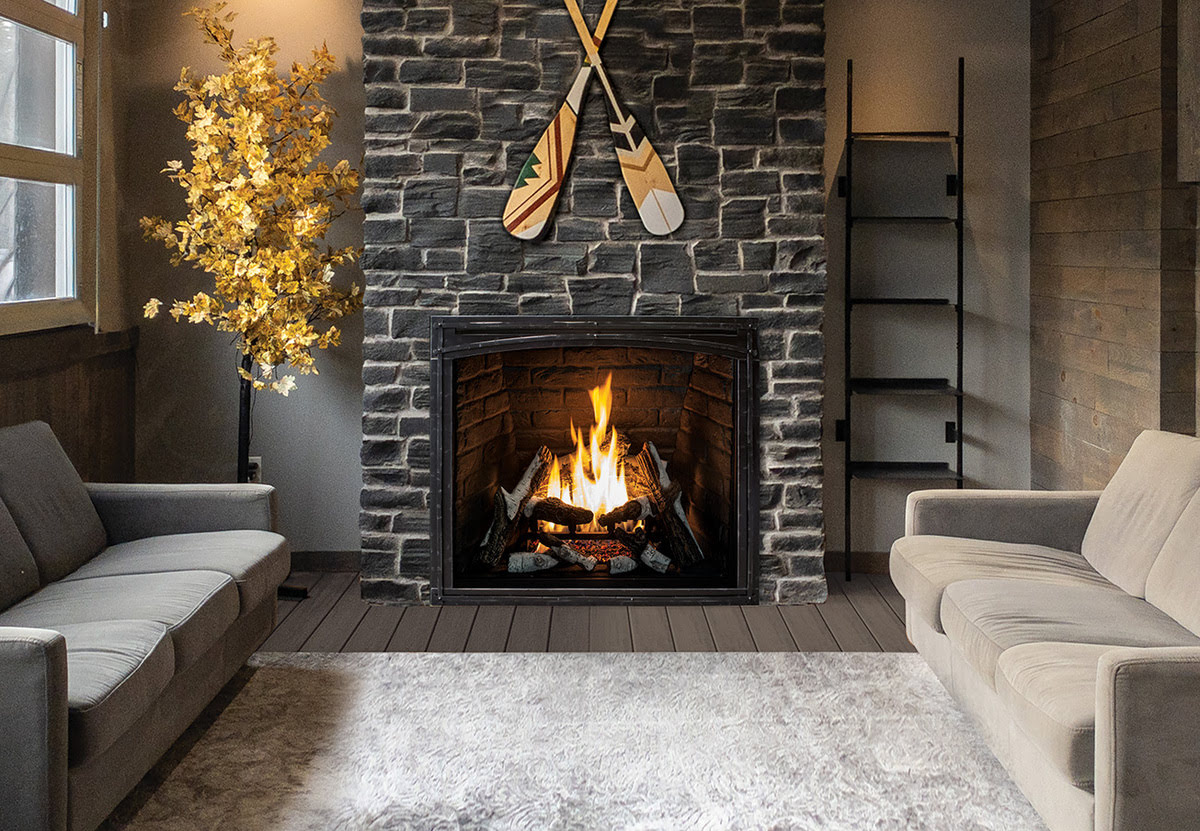
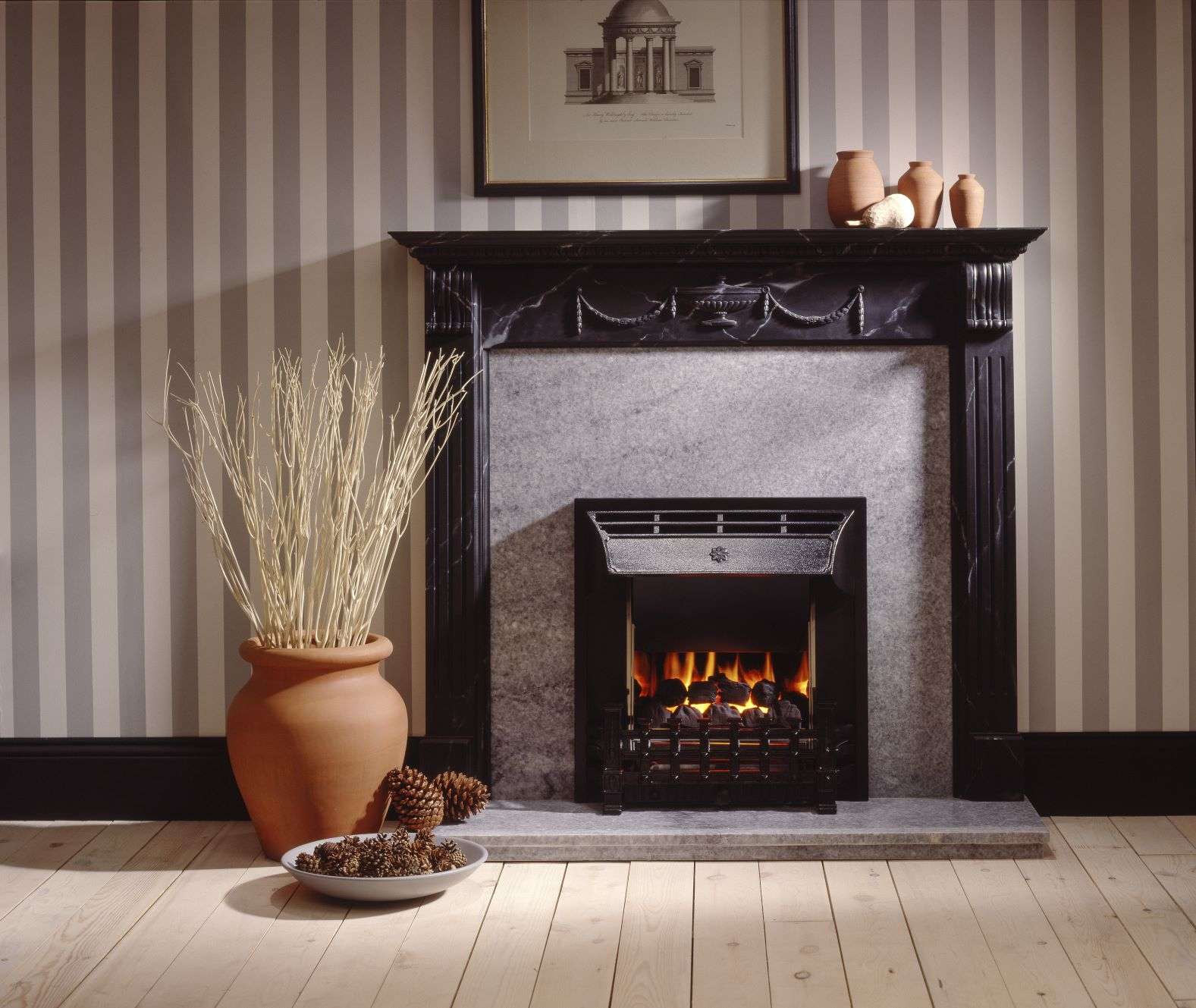



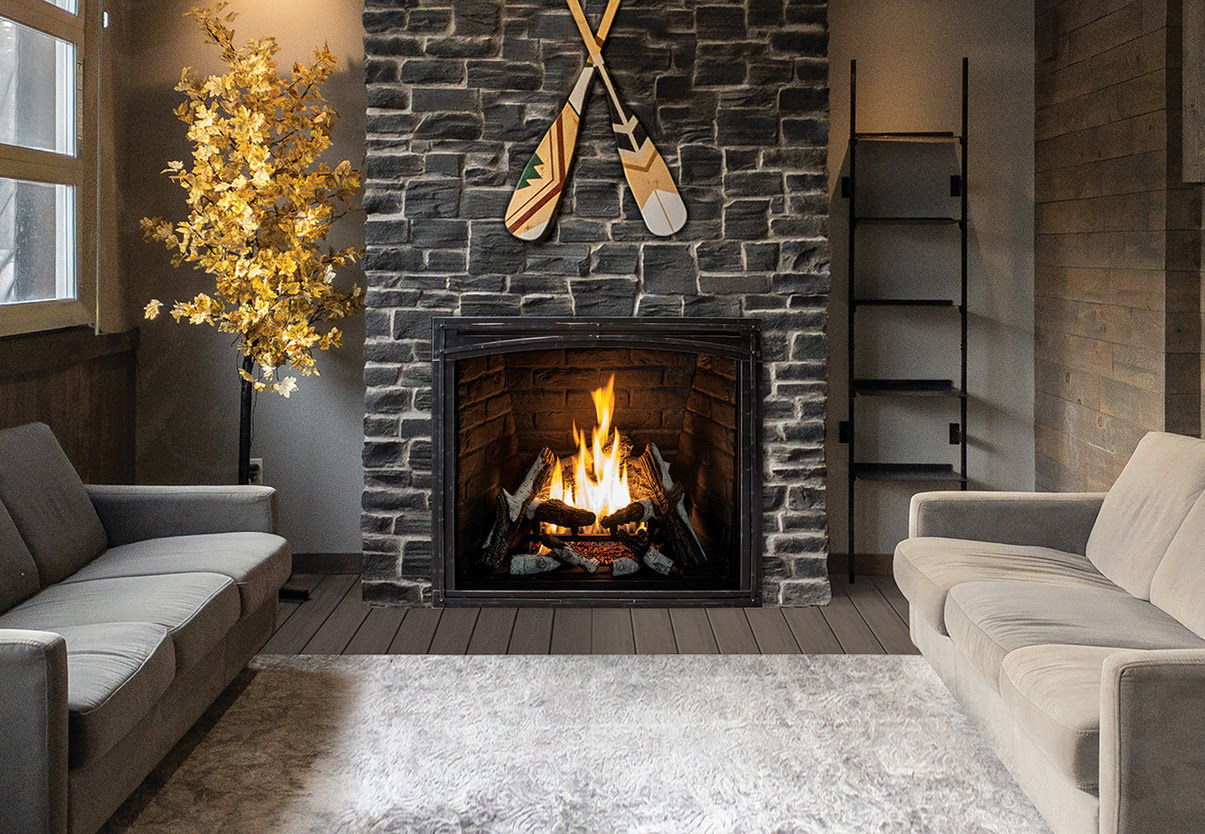

0 thoughts on “How Often To Clean Gas Fireplace”